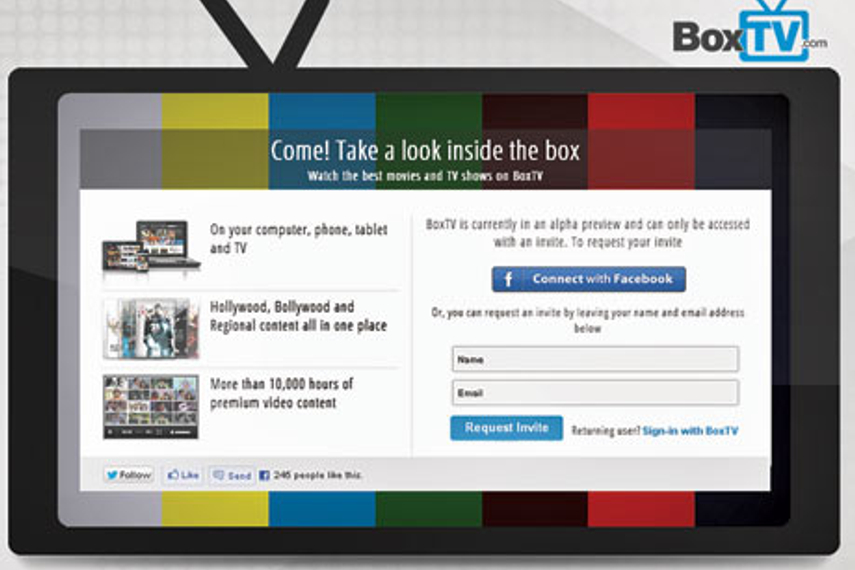
Please sign in or register
Existing users sign in here
Having trouble signing in?
Contact Customer Support at
[email protected]
or call+91 22 69489600
Gunjan Prasad finds out if the trend is still ahead of its time in India

Contact Customer Support at
[email protected]
or call+91 22 69489600
Top news, insights and analysis every weekday
Sign up for Campaign Bulletins
Generali Central’s first joint brand campaign unites life and non-life insurance under one optimistic idea — being a lifetime partner, here and now.
Its pitch to performance-driven D2C brands, agencies, and enterprise teams is straightforward: turn advertising from a guessing game into a measurable science.
Agency group confirmed it received an ‘unsolicited approach’ to buy M&C Saatchi Performance.
The Women in Blue are experiencing a well-deserved moment in the sun. But will the roaring cheers translate into better brand value or long-term growth?